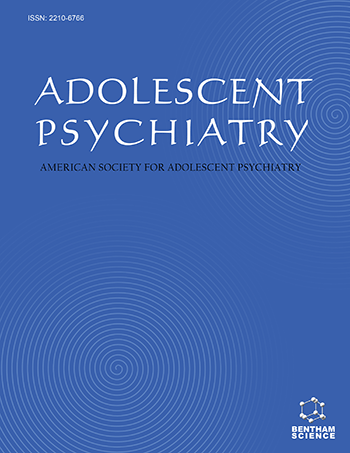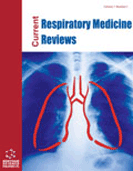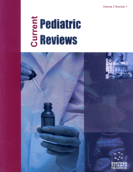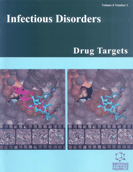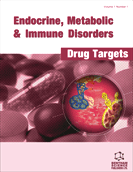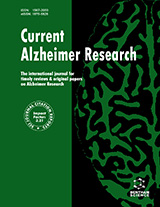Abstract
This article contains first person accounts in narrative and visual form created by clients and family members who have participated in the Early Detection and Intervention for the Prevention of Psychosis Program (EDIPPP). By the time most individuals join EDIPPP they have been experiencing a confusing constellation of thought and behavior changes. For most, EDIPPP signifies the next step in a journey of trying to reclaim a sense of agency in their lives and promise for the future. Understanding the process youth and families go through to make meaning of a “high risk” indication is critical for the clinicians who work with these families. By highlighting these first person accounts and the story they tell, we strive to contribute to this understanding and thereby enrich our discussion of the early detection and intervention for psychosis with the perspectives of individuals participating in our study. These narratives point to the potential value of further research focused specifically on how youth and families come to understand being at risk for psychosis.
Keywords: Adolescents, first person accounts, psychosis, schizophrenia, prodromal psychosis, high risk, recovery
Adolescent Psychiatry
Title:In the First Person: A Window into the Experience of Early Psychosis and Recovery
Volume: 2 Issue: 2
Author(s): Margaret Migliorati, Melina Salvador, Elizabeth Spring-Nichols, Sarah Lynch Tamara Sale and Steven Adelsheim
Affiliation:
Keywords: Adolescents, first person accounts, psychosis, schizophrenia, prodromal psychosis, high risk, recovery
Abstract: This article contains first person accounts in narrative and visual form created by clients and family members who have participated in the Early Detection and Intervention for the Prevention of Psychosis Program (EDIPPP). By the time most individuals join EDIPPP they have been experiencing a confusing constellation of thought and behavior changes. For most, EDIPPP signifies the next step in a journey of trying to reclaim a sense of agency in their lives and promise for the future. Understanding the process youth and families go through to make meaning of a “high risk” indication is critical for the clinicians who work with these families. By highlighting these first person accounts and the story they tell, we strive to contribute to this understanding and thereby enrich our discussion of the early detection and intervention for psychosis with the perspectives of individuals participating in our study. These narratives point to the potential value of further research focused specifically on how youth and families come to understand being at risk for psychosis.
Export Options
About this article
Cite this article as:
Migliorati Margaret, Salvador Melina, Spring-Nichols Elizabeth, Tamara Sale Sarah Lynch and Adelsheim Steven, In the First Person: A Window into the Experience of Early Psychosis and Recovery , Adolescent Psychiatry 2012; 2 (2) . https://dx.doi.org/10.2174/2210676611202020146
| DOI https://dx.doi.org/10.2174/2210676611202020146 |
Print ISSN 2210-6766 |
| Publisher Name Bentham Science Publisher |
Online ISSN 2210-6774 |
 16
16
- Author Guidelines
- Graphical Abstracts
- Fabricating and Stating False Information
- Research Misconduct
- Post Publication Discussions and Corrections
- Publishing Ethics and Rectitude
- Increase Visibility of Your Article
- Archiving Policies
- Peer Review Workflow
- Order Your Article Before Print
- Promote Your Article
- Manuscript Transfer Facility
- Editorial Policies
- Allegations from Whistleblowers
Related Articles
-
Borderline Personality Disorder in Adolescents
Adolescent Psychiatry Editorial: Looking Beyond DSM 5, Effective Treatments for Traumatic Stress, and Coming to Terms with World War II in the Second and Third Generations
Adolescent Psychiatry Preventing Child and Adolescent Mental Illness - We Got This
Adolescent Psychiatry Schizophrenia in an Adolescent with Complex Co-morbidity
Adolescent Psychiatry Hold Onto Your Hat! - Handling the Roller Coaster Emotions of the College Application Process
Adolescent Psychiatry Diagnosis and Treatment of Common Sleep Disorders in Adolescence
Adolescent Psychiatry Narcolepsy in Adolescents: A Review and Three Case Reports
Adolescent Psychiatry Self-inflicted Bilateral Ocular Perforation in an Adolescent Patient with Major Depressive Disorder and Borderline Personality Traits
Adolescent Psychiatry Current Understanding of Dyslexia and Pilot Data on Efficacy of a Mindfulness Based Psychotherapy (MBR-RAM) Model
Adolescent Psychiatry Transition from Children’s to Adult Services for Patients with ADHD: A Model of Care
Adolescent Psychiatry Stigmatising Attitudes Towards Depression and Alcohol Misuse in Young People: Relationships with Help-Seeking Intentions and Behavior
Adolescent Psychiatry Is Knowledge Enough? The Relationship Between Mental Health Knowledge and Stigmatising Attitudes Among Australian Adolescents
Adolescent Psychiatry Child and Adolescent Refugee Mental Health in Brazil: Literature Review and a Family Case Report
Adolescent Psychiatry Editorial
Adolescent Psychiatry Global Child and Adolescent Mental Health Needs: Perspectives from a National Tertiary Referral Center in India
Adolescent Psychiatry Editorial
Adolescent Psychiatry Conflict of Interest as a Possible Factor in the Rise of Pediatric Bipolar Disorder
Adolescent Psychiatry In Transitional Space: A Whirlwind Tour of the DSM-5
Adolescent Psychiatry Preface
Adolescent Psychiatry Adolescent Peer Victimization and PTSD Risk
Adolescent Psychiatry


